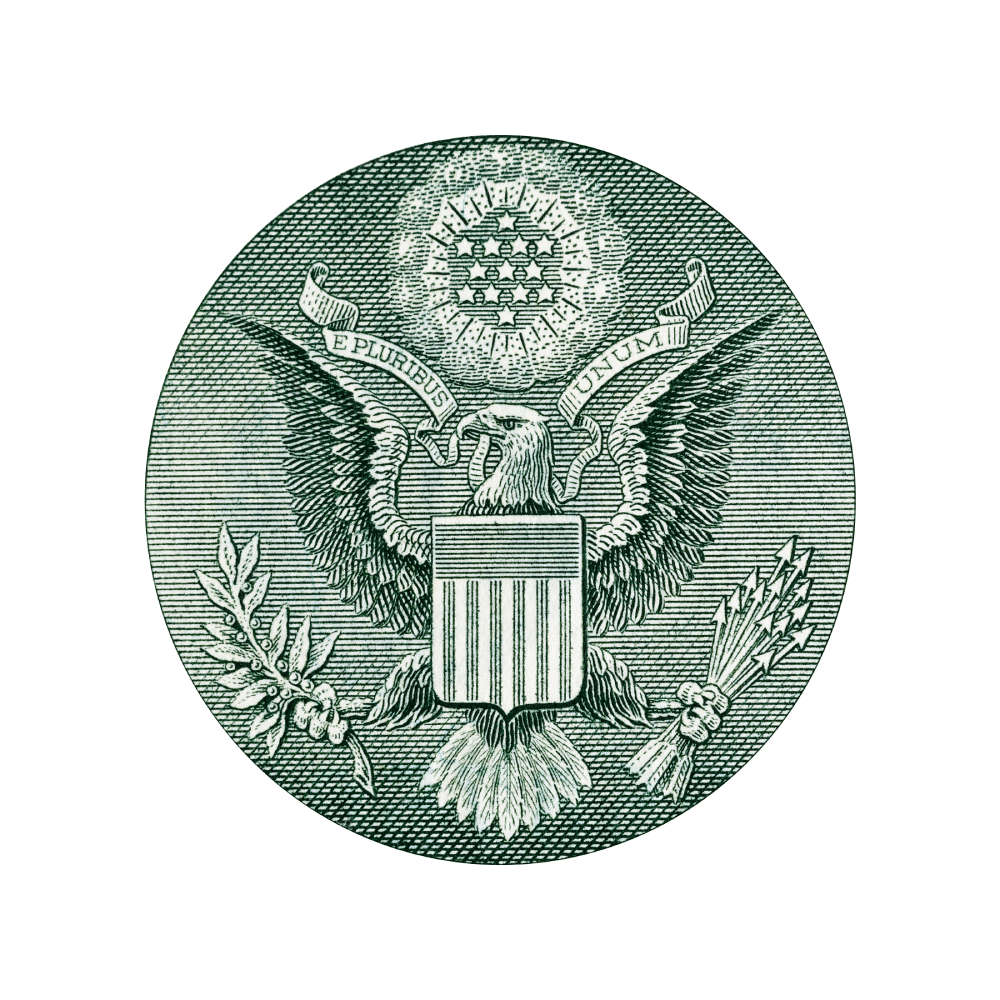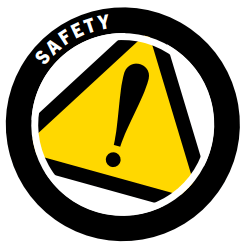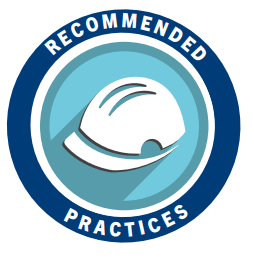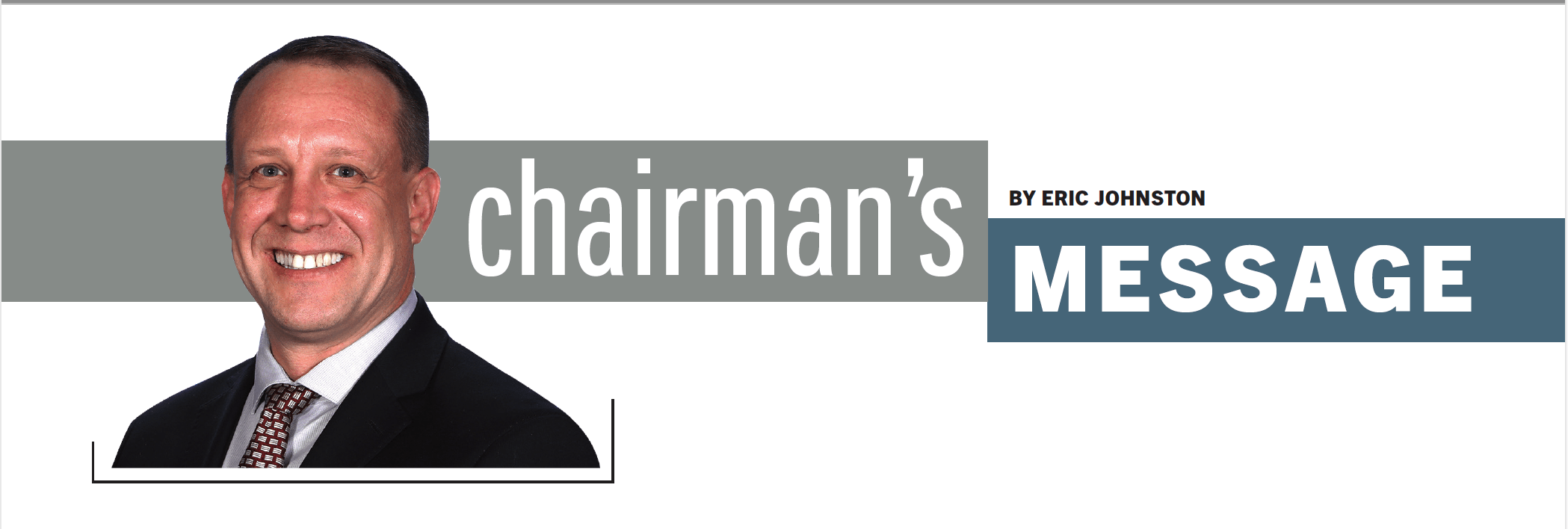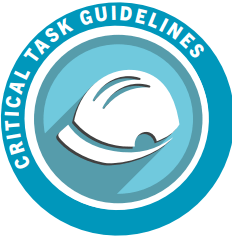IIAR Hosts Successful 50th Annual Meeting
IIAR 2021 Natural Refrigeration Online Conference & Virtual Expo brought technical education, industrial trend insights, and information on products and services to natural refrigeration professionals in June. This was the second time IIAR presented its annual meeting online as COVID-19 continued to create potential disruptions and planning challenges.
Read More






